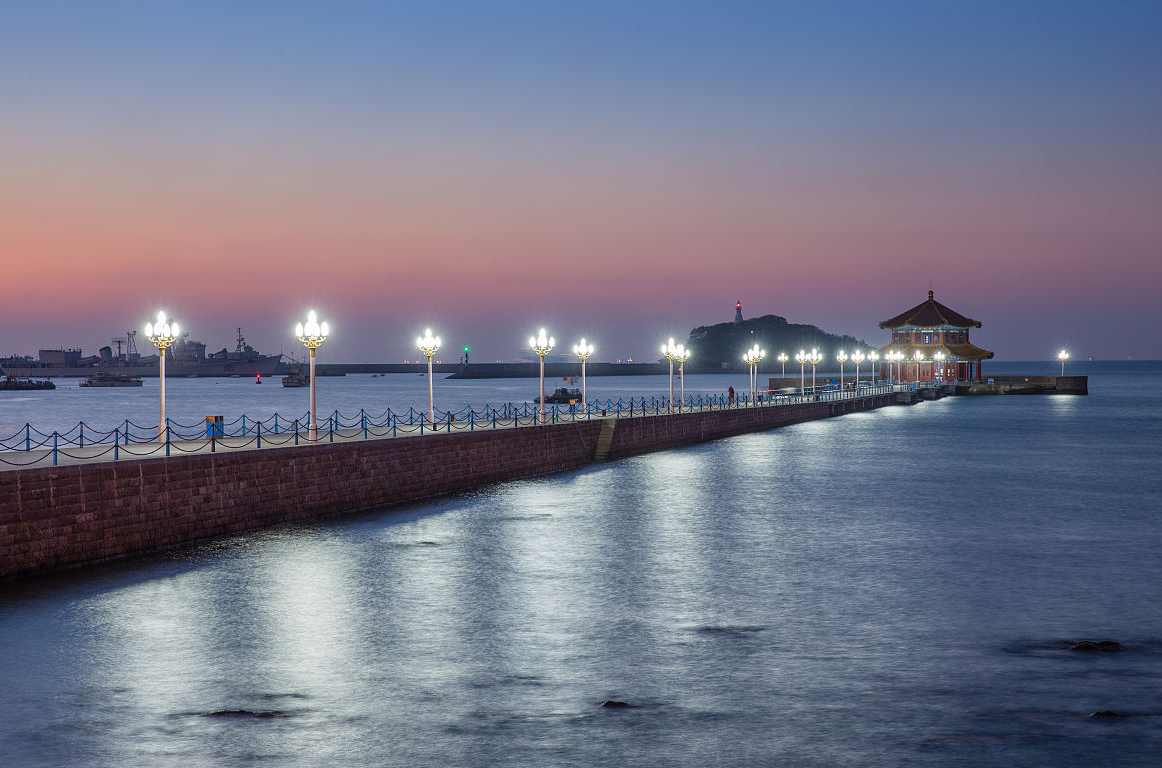Attractions in Qingdao
Qingdao is located on the southeastern coast of the Shandong Peninsula, a pearl on the Yellow Sea, a classic of universal architecture, a famous city with the scent of beer and a hot spot for opening up to the outside world. Qingdao's tourism is divided into two main categories: humanistic and natural, with open-air attractions making up the vast majority. The old city is dominated by humanistic tours, while the coastal area is dominated by coastal scenery tours. The famous Laoshan Mountain Scenic Area, Qingdao Beer Museum, Badaguan Scenic Area, May Fourth Square, The Qingdao Olympic Sailing Centre and Qingdao Zhongshan Park.
Laoshan Scenic Area[Back to Top]
Laoshan Scenic Area, hailed as the shrine of Taoism and approved as one of China’s first national parks, is located about 30-40 km from Qingdao City (depending upon which route taken). Laoshan Scenic Area is accessible via three land routes (eastern, southern, and central). Laoshan, named in the Tang Dynasty, has nine tourists areas: JuFeng (the peak), DengYing Village, LiuQing River, TaiQing Palace, ShangQing Palace, QiPan Stone, YangKou Beach, BeiJuiShui, and HuaLou Mountain.
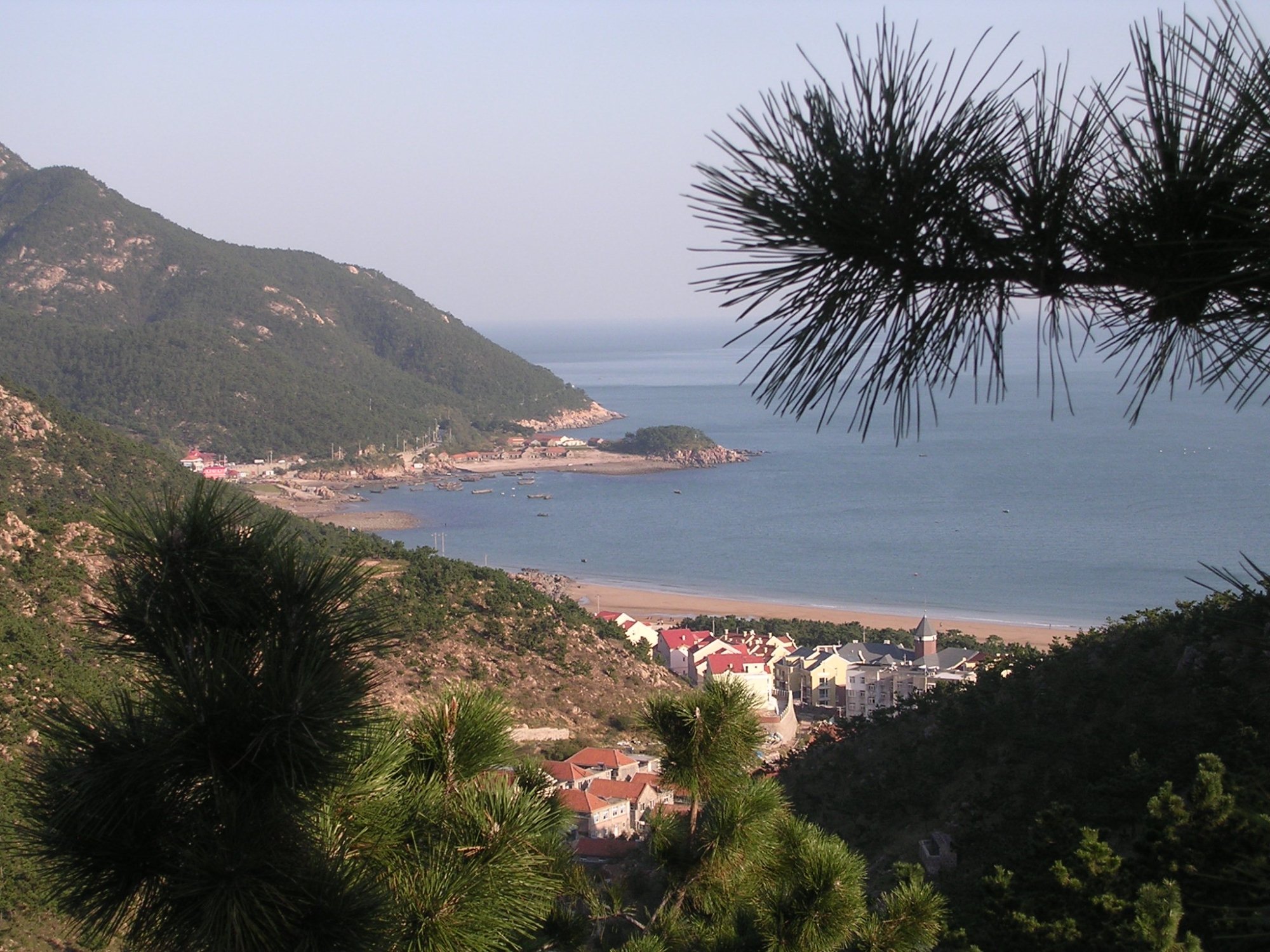
Qingdao Beer Museum[Back to Top]
Qingdao Beer Museum, which lies on the old site of the Tsingtao Brewery Company, which is a world-famous manufacturing enterprise special in brewing. German Beer Company Qingdao Branch established in 1903, China’s first brewing factory that built with European technology was the predecessor of the Tsingtao Brewery Company. At present, the Qingdao Beer Museum owns 55 brewing factories and malt factories in 18 cities and provinces in China. The one-hundred-year old Tsingtao Beer has created its own history and culture.

Badaguan Scenic Resort[Back to Top]
Badaguan Scenic Area of Qingdao City starts from #1 Beach in the west and ends in #3 Beach in the east. It was a villa area for bureaucratic capitalists before liberation. The full reformation and improvement in this section by Chinese government after liberation has evolved it into a wonderful tourist attraction and a resort for making holidays. Many of its residents are leaders of Communist Party and important oversea friends. Badaguan Scenic Area is characterized by the fantastic mixture of garden scenery and courtyard beauty. Thick green trees are everywhere and gorgeous flowers of four seasons capture every sight of visitors: a pink sea of peach trees is displayed in Spring at Shaoguan Road, impressive soft lavender Myrtle flowers blossom in Summer at Zheng Yangguan Road, Charming bright yellow maples rule the world in Autumn at Ju Yongguan Road and majestic evergreen cedar trees stand on the two sides at Zi Jinguan Road. A wide range of architectural styles can be found here. They are in various shapes, sizes, styles and exhibits different architectural designs from more than 20 countries, such as, Russian, England, French, German, Japanese, Danish etc. Hence, Badaguan Scenic Area of Qingdao City is also known as ”Exhibition of the World's Architecture”. The diverse building styles in this area became the ideal outer door scenes for many famous movies, television dramas and music television videos. It is widely acclaimed as one of the must see tourist spots in Qingdao City.
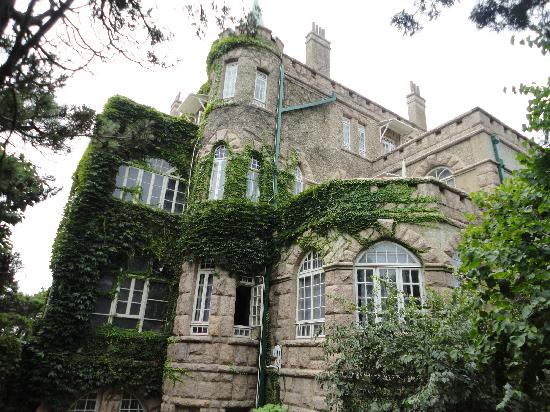
May Fourth Square[Back to Top]
May Fourth Square is a large public square in Qingdao's central business district. It is located between the new municipal government building and Fushan Bay and is composed of Shizhengting Square, the central square and the coastal park. Named after the nationwide protest May Fourth Movement that started in Qingdao, the square is best recognized by the large "May Wind" sculpture near the seaside. The square is a popular tourist destination, and is bordered by the city government to the north, the sea to the south, and residential and commercial buildings on either side. On pleasant days May Fourth Square fills with young couples on the ground and kites in the air.
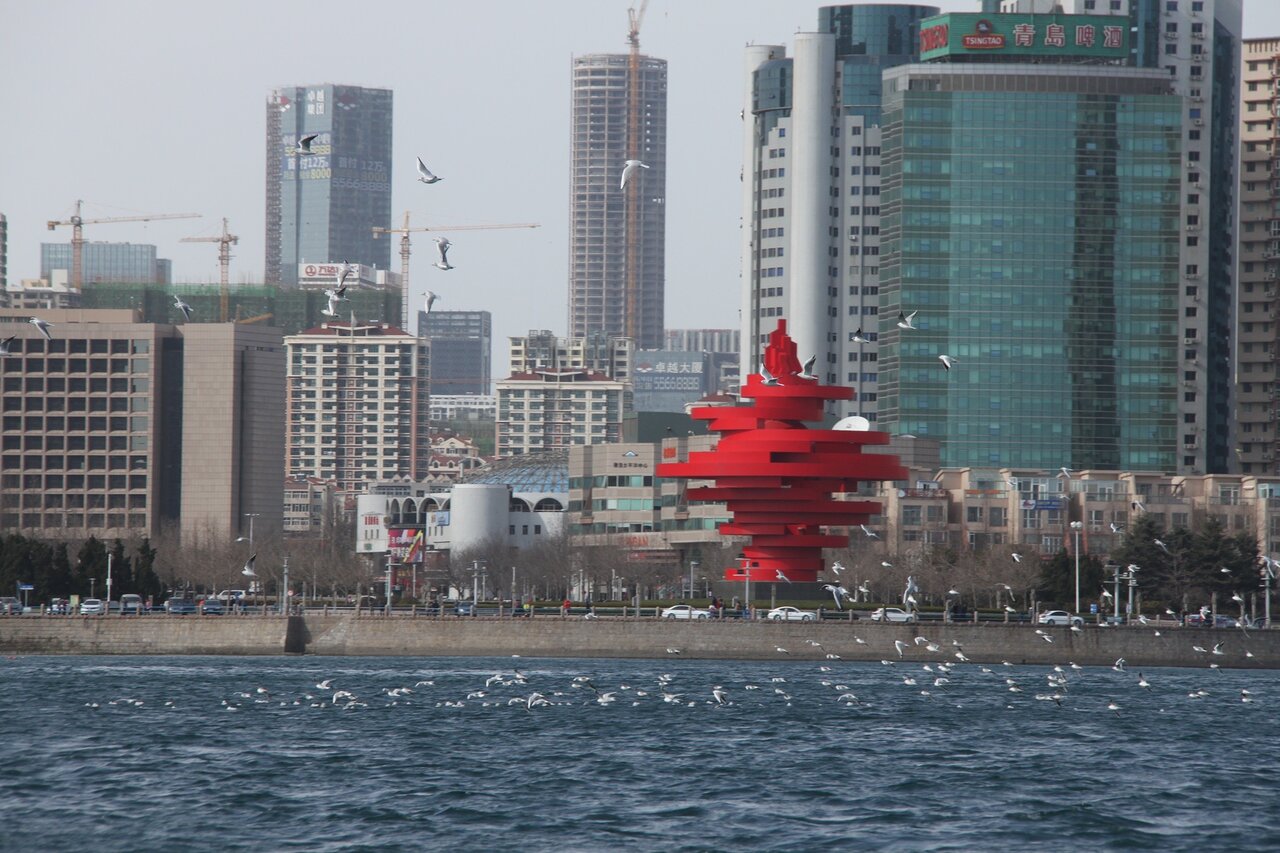
The Qingdao Olympic Sailing Centre[Back to Top]
The Qingdao Olympic Sailing Centre & International Marina project consisted of more onshore than offshore work. The land based work covers approximately 45 hectares and includes the construction of many functional buildings and supporting infrastructures: Administrative and Game Management Center, Athletes Village, Media Center, Logistics Supply Center, National Sailing Center, Olympic Village, International Passenger Liner Terminal, International Conference Center, Five-Star Hotel, International Yacht Club, Seaside Marina, Shopping and Amusement Center (Marina Center), as well as some parks and public squares. The offshore work included the main seawall, the secondary seawall, the jetty wharf, Olympic wharf, and the retaining wall reconstruction.
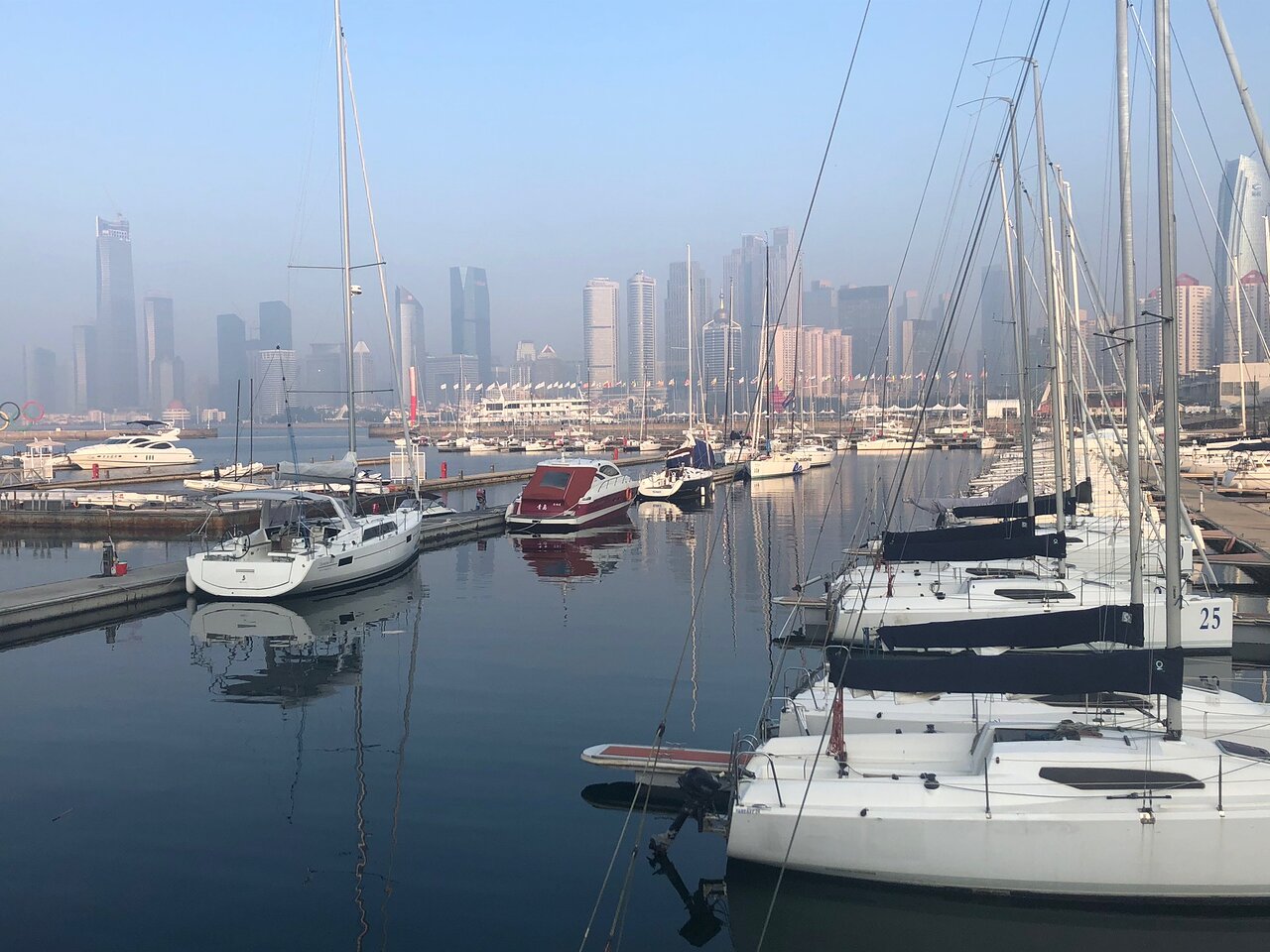
Qingdao Zhongshan Park[Back to Top]
Sitting in the foreground of elegant Taiping Mountain in the east, Zhongshan Park is the largest and oldest park in Qingdao City. It faces the sea in the south and is surrounded by mountains in other three directions. Built in 1901, the park got its present name in 1929 in memory of the provisional president Dr. Sun Yat-sen (or Sun Zhongshan), a great forerunner of the Chinese bourgeois-democratic revolution. Covering an area of 75 hectares (185 acres), Zhongshan Park contains more than 100,000 plants and over 360 species including Kentucky coffee trees, oak trees, medicinal magnolia barks and some foreign species that are rare in China. In addition, there is a magnificent Cherry Blossom Road just opposite the entrance. More than 20,000 cherry trees transplanted from Japan decades ago are growing along the 600-meter-long (1,969-foot-long) road. From mid-April, the vast areas of cherry trees present a splendid view of blooming flowers and are considered one of the ten most spectacular sights of the city. Appreciating the cherry blossoms in Zhongshan Park has become a yearly event for the tourists.
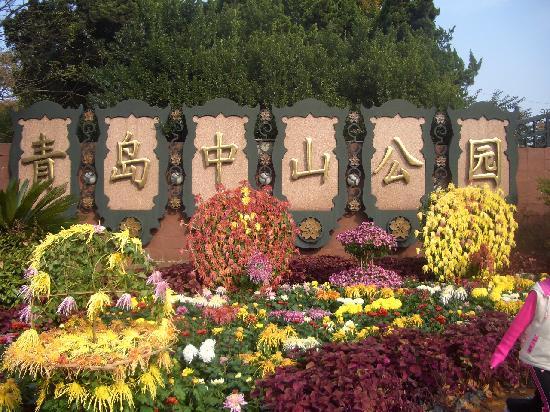
Qingdao Landing Stage[Back to Top]
Located on the southern waterfront in the heart of Qingdao, the Trestle Bridge is a 440-metre-long sea promenade that stretches from the land into the sea. Built in 1892 during the Guangxu period of the Qing Dynasty, the bridge has a history of 100 years and has long been regarded as a symbol of Qingdao. The Hailan Pavilion at the end of the bridge is a testimony to Qingdao's modern history. It was once a military-only man-made pier in Qingdao. At the end of the trestle bridge is a triangular breakwater, and at the end of the bridge is the Hailan Pavilion, an octagonal pavilion in the national style. Inside the pavilion is an unmarked stele, the origins of which are still subject to debate. The pavilion now features thematic exhibits to showcase the unique urban landscape of Qingdao's modern history, culture and folklore. The bridge is lined with chain-linked railings and lotus street lamps, and visitors can watch the seagulls soar freely on the waterfront when the wind is calm. At the end of the bridge, you can also see Little Qingdao from afar. The island is shaded by trees and a white lighthouse. At high tide, the waves lap against the breakwater, causing a flurry of waves that can be watched. At low tide, the ochre-coloured rocks and golden sand are exposed, so you can walk down the bridge and catch shellfish on the beach.
